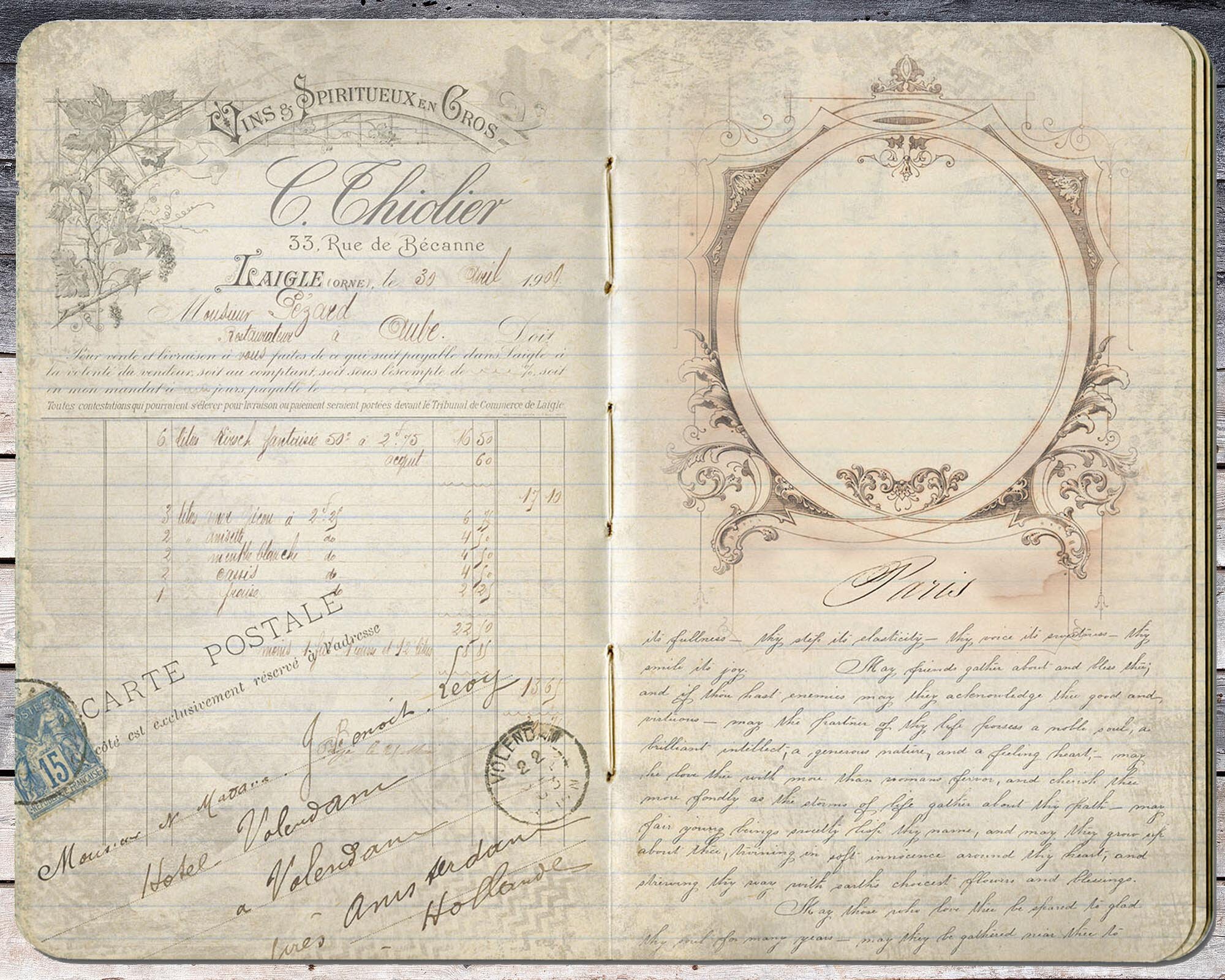

The HTML and CSS files which are utilized in this demonstration are available for download. The completed ruled paper with all the components including the header section showing the top left side of the paper effect is displayed in Figure E below. I start with giving the a background style using liner-gradient, and I’ve listed all the vendor prefixes as well: body

The first article includes the paper header and the second article is a content editable space: Start typing your content editable content here! The CSS Legend has it that loose leaf paper was invented in 1913 by a man named Richard Prentice Ettinger.

If so, you would be carrying on the tradition of loose leaf paper. You may consider printing the lined notebook paper provided in this template and punching holes in it.
#Notebook paper background code#
Just five lines of HTML code make up the essentials which include the section element with a class equals paper, and within the section are two article elements. It is usually organized in a 3-ring binder or spiral notebook. There are dozens of resources for emulating the ruled and lined paper effect with pure CSS however, I have to give credit for my inspiration to the anonymous guest on PasteBin who posted the Editor Bookmarklet code just a few months back. In this short demonstration, I will concentrate on the bare bones of getting a background lined-paper effect as well as including a portion of the area as content editable for your users, using the CSS linear-gradient as a background image. Well, there is a way to recreate that background effect without using images and with just pure CSS3 coding. One very popular background effect for web pages is the college-ruled, three-hole-punched paper that students stock up on every year at the start of a new school year. Teaching Tree classroom supplies on a blue background. Ryan Boudreaux shows the CSS3 code needed to create a lined-paper background effect without using images. 150-sheet pack of wide ruled lined filler paper for binders Paper 2 packs of math flashcards. Once this is done, the paper will fit within a binder or notebook. If you do, you’ll be able to print off the paper and use a hole punch to make strategically placed holes within the paper.
#Notebook paper background how to#
How to get the ruled-paper background effect with CSS3 When using one of these templates in Microsoft Word, you may want to find a template, which has punch holes on the left hand side.


 0 kommentar(er)
0 kommentar(er)
